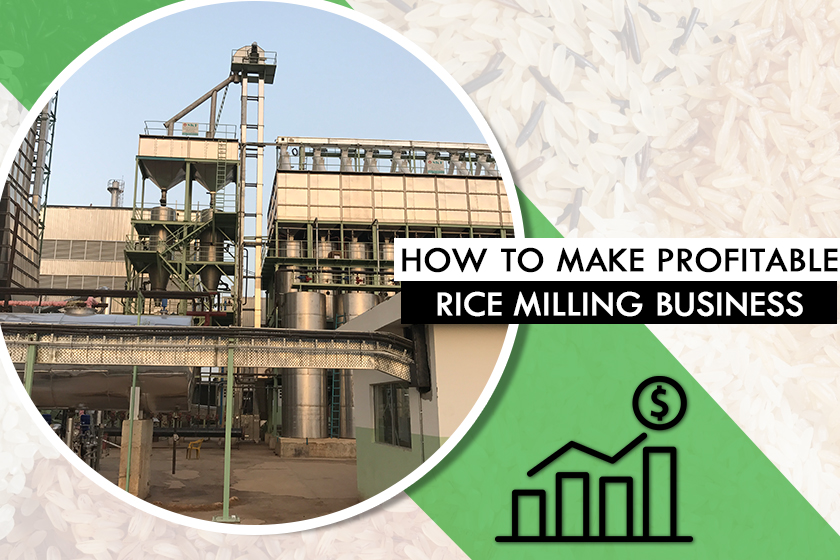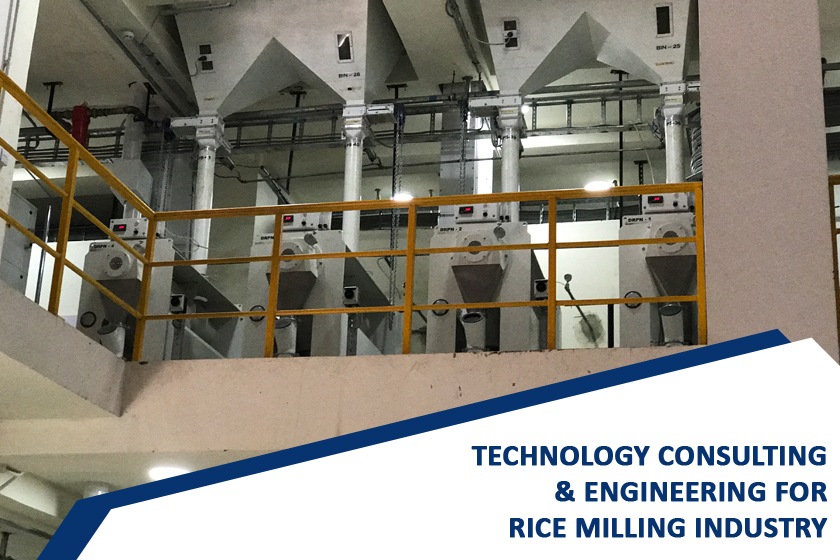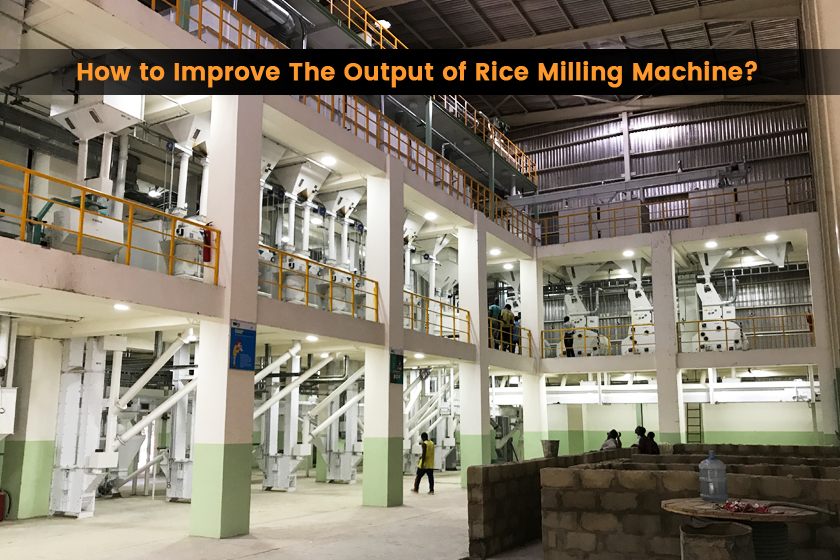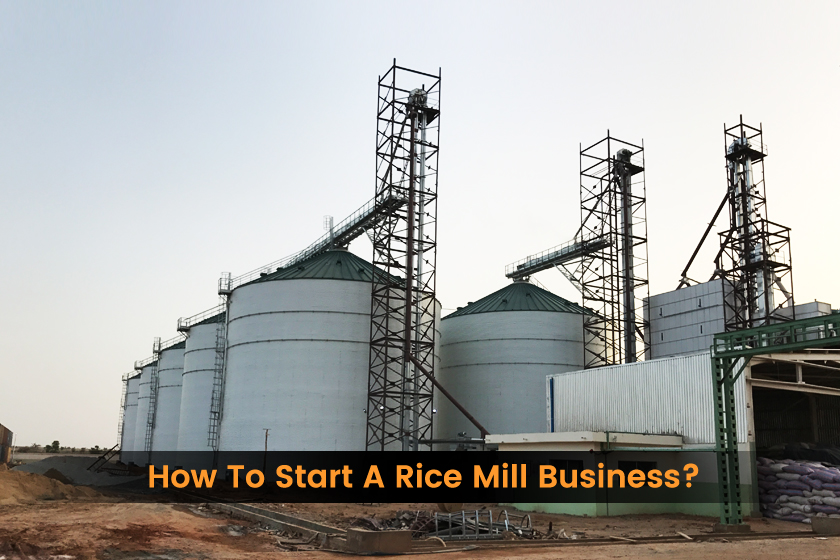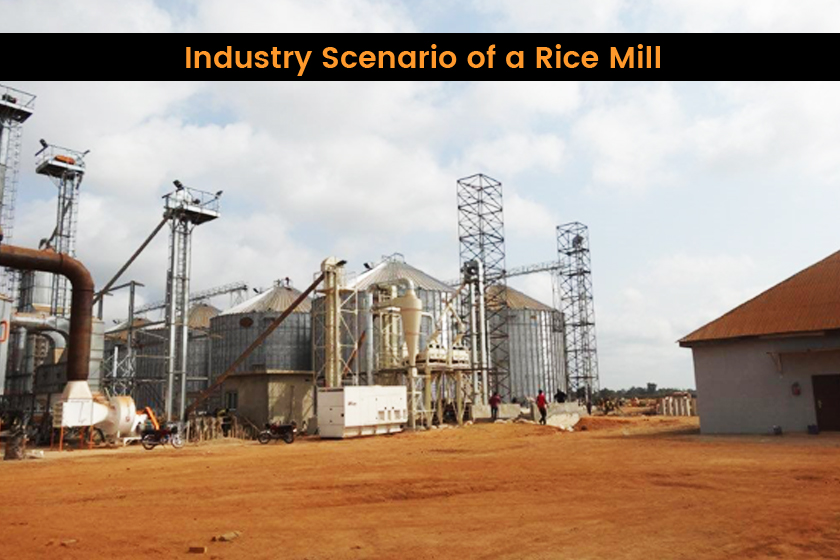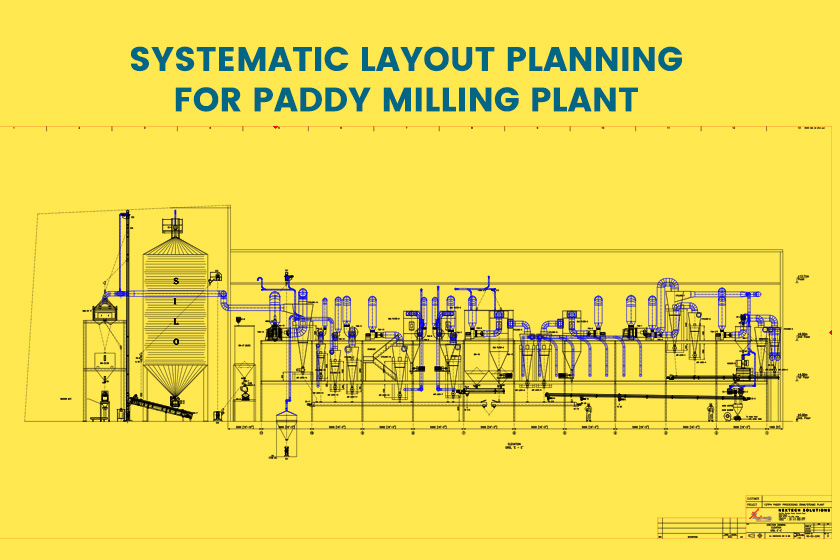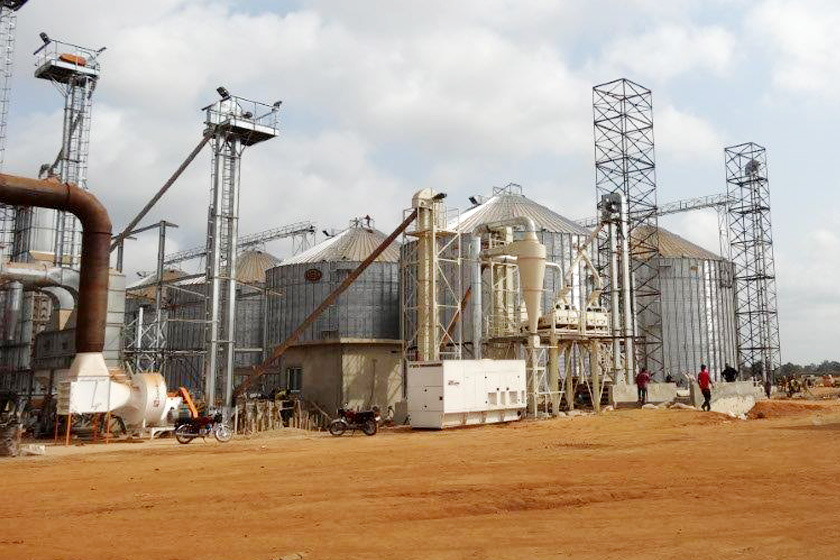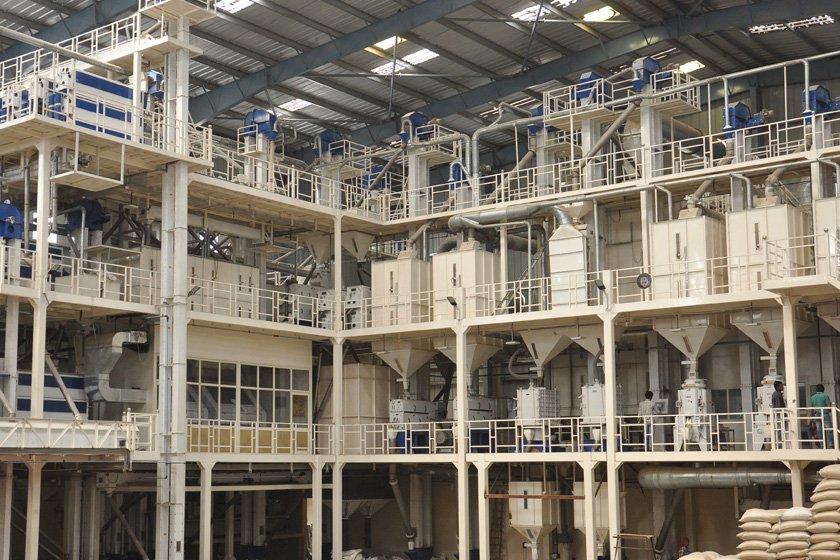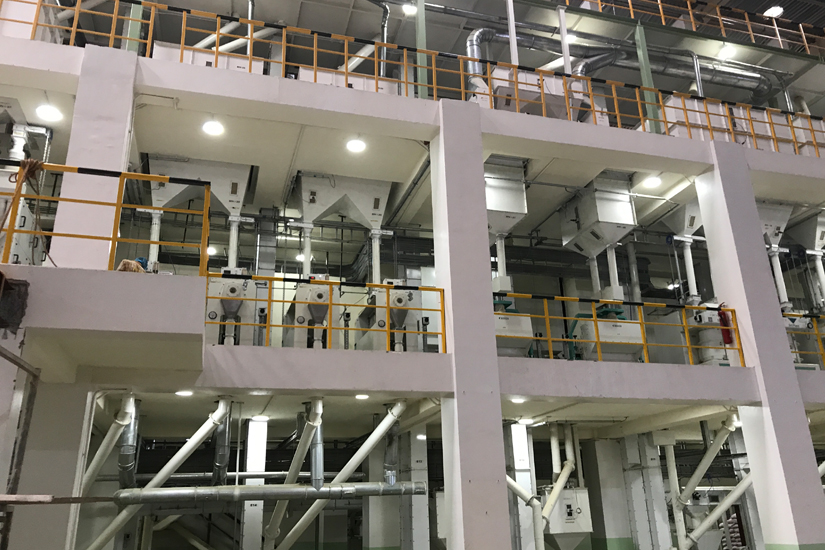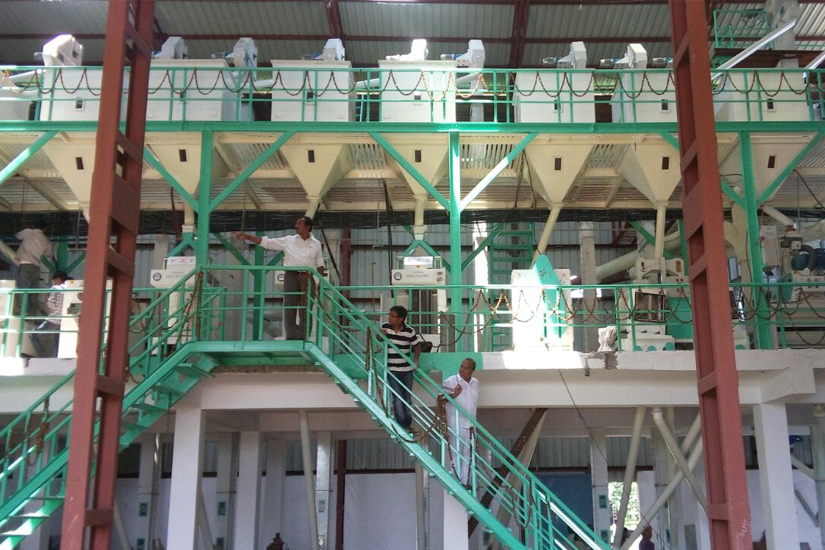Many countries still depend on India to meet their rice needs. Being one of the top exporters of rice in the world, India provides tremendous opportunities to make a profitable Rice Mill Business. Because, of course, you cannot consume paddy in its raw form.
Also, it’s not only about export, but rice is also the staple food in India, which means there is a huge opportunity even if you build a small rice mill that just caters to the needs of your local area.
Things to keep in mind when starting out a rice milling business
Starting a business in India is not easy, you need to acquire necessary licenses and permits from state Government, you need to create a fixed source for buying raw products, and lastly, you need a great location.
To start with the required licenses and permits.
- Registration of the firm
- Udyog Aadhaar MSME registration
- Factory license
- No pollution certificate
- Rice-Milling industry Acts 1958
- PFA and ESIC registration
- IEC registration
- FSSAI license
- GST registration
For a complete rice mill plant setup, you will need a minimum of 1500 sq. ft. area, however, you need to make sure the location is just right. What I mean to say is that it should be somewhere near the place where rice is grown. This will help you in two ways: one that you are assured of getting the raw materials and other is that you can save a lot on transportation cost resulting in an increase in your profit.
Ways to make it profitable
The cost of setting up a modern rice mill plant is quite high, however, with the right steps you can easily get a high return on investment. As mentioned above, the Best Way To Make a Profitable Rice Milling Business is by ensuring that you choose a great location. Other ways to make it profitable includes:
- Modern machinery and infrastructure (as it requires less to no maintenance)
- Machines with high operating capacity (capacity of the machine is directly proportional to how much profit you make)
- A proper rice mill plant layout design (for better results in rice production)
Though there is a huge opportunity in the rice milling business, we have noticed that a lot of rice mills get closed as soon as they are opened. The reason for this is simple: mill owners don’t know much about the rice business, however, they are attracted because of the money in the industry. Therefore, it is better to talk to rice mill plant consultants before you start your own rice milling plant business.
Nextech Solutions is the leading rice milling services provider in Delhi. We will not only help you make your rice milling business sustainable, but we will also help you keep your business profitable for a longer period of time.
 MAIL US :
MAIL US :
 CALL US :
>
CALL US :
>
